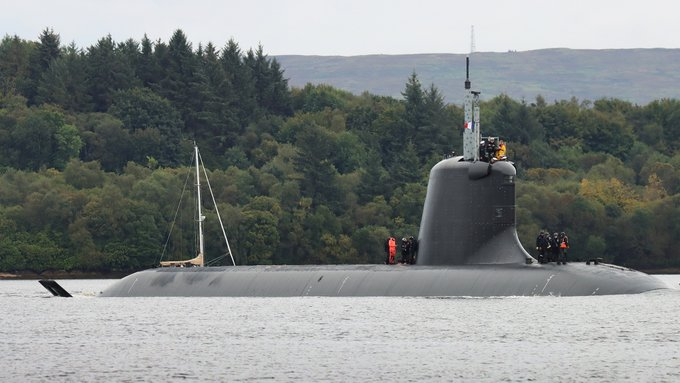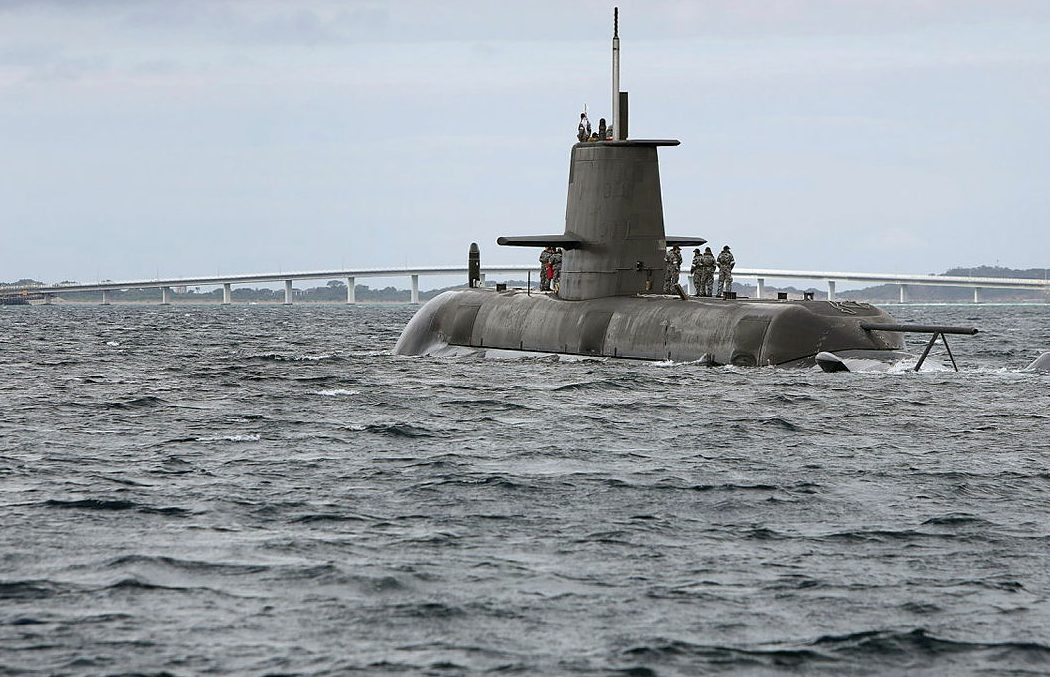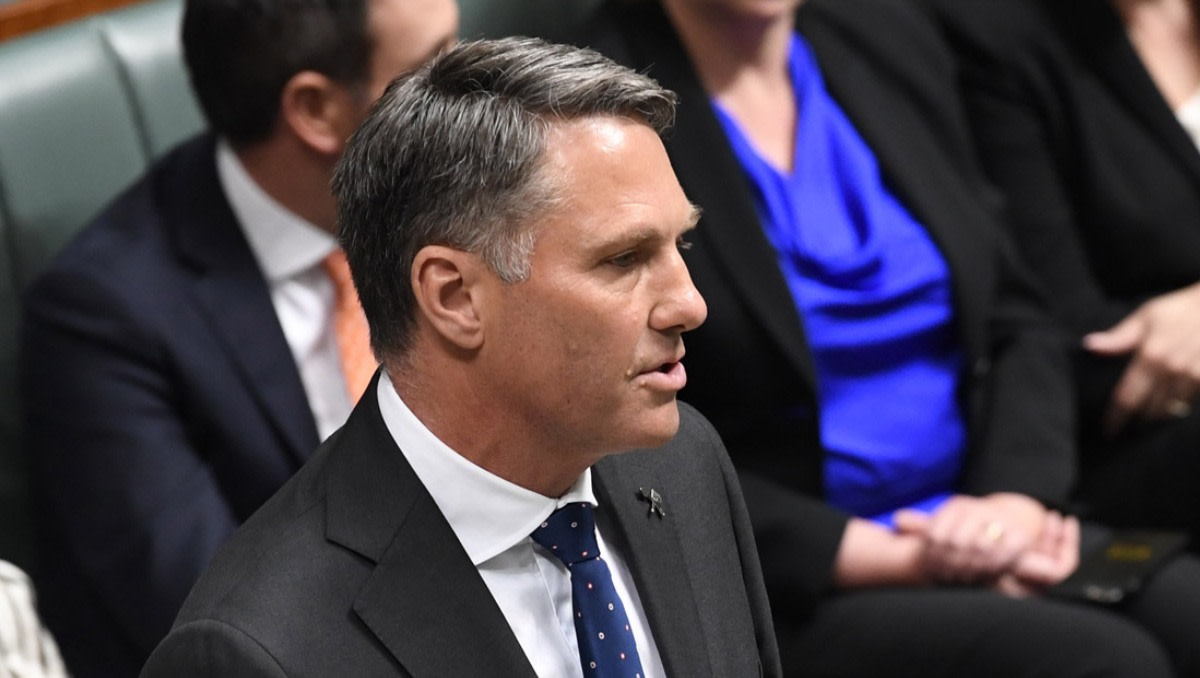This comment demonstrates that you have no concept of what is involved with submarine sustainment. Four hulls, double crewed or not, will never provide the same number of sea days as six hulls when operating in the same navy to the same conops.
A key limitation with the Collins has always been the RAN needed more hulls not less. If you don't have sufficient hulls you can't train and certify sufficient numbers of crew as well as provide the boats themselves with the required level of maintenance.
I am just pointing out that some navies are able to sustain 135+ sea days per sub over very long periods of time (3-4 decades), peaking at 150-165 sea days in good years, without any shortfall in maintenance or training. Whereas the RAN considers a great year to be about 100-110 sea days per sub.
Applying the same crewing & sustainment model to the RAN would yield 550-650 sea days with 4 subs and 6 crews - identical to 6 Collins today. This means 2 subs at sea most of the time, occasionally 1 during quiet periods, and up to 3 subs at sea for very short surges.
Additionally this real-world benchmark is with old nuke subs that require substantially more complex maintenance and longer dockings over and above an SSK. Newer SSNs are expected to increase availability and sea days by ~20%, and an SSK should aim for the same if not better.
Now of course this is a paper exercise and likely can’t be achieved in Australia without substantial changes to current practices (the difficulty of which is unknown). But it CAN be achieved in the real world, as indeed it has been achieved outside of Oz.
Finally this would really be only for a transition period of 10-15 years until SSNs are delivered after which the op. tempo might slow down somewhat if need be (i.e. in time for the 2nd big docking / mid-life upgrade as once you hit that big milestone requiring longer dockings
that’s when a fleet of 4 subs might go off the rails).
I realize that’s a lot of ifs but wanted to lay out the logic behind my thinking.

 www.crikey.com.au
www.crikey.com.au

 www.crikey.com.au
www.crikey.com.au






